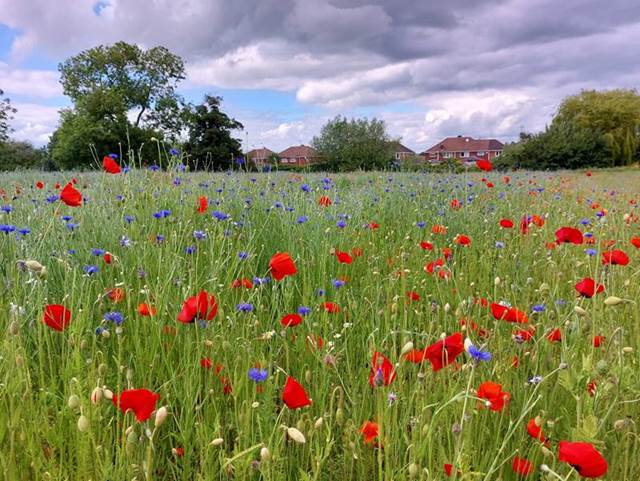Bold new strategy to green Gloucester

The Gloucester Urban Greening Strategy will see the council explore ways of boosting the amount of greenery in the city to address the threat of global warming and extreme weather including flooding and dangerous heatwaves.
The strategy considered at this month's cabinet meeting, will support efforts to harness the natural benefits of trees, green roofs, hedgerows, and green screens to help tackle climate change.
The plan includes identification of sites appropriate for new planting and seeking new and innovative ways of increasing street tree canopy cover to reduce the local intensity and duration of heatwaves and filter harmful emissions from vehicles.
It also includes proposals to explore the use of rainwater gardens in Gloucester to collect excess surface water and reduce pressure on sewers during periods of high rainfall.
The plan builds on the council’s Climate Change Strategy, which supports the council's efforts to reach net zero emissions across its own functions by 2030 and to achieve carbon neutrality throughout the district by 2045.
It also follows on from the work done to increase green space including planting 153 acres of meadows and naturalised spaces across the city and neighbouring districts.
If given the green light, the Gloucester Urban Greening Strategy will commit the council to a number of actions over the next year including:
- Development of a street tree plan for Gloucester with a strong focus on areas with highest levels of deprivation and fewest trees.
- City-wide plan of areas that can be used for rainwater and community gardens, micro-parks, and mini woodlands to help combat flooding.
- Work with residents on how to use their own gardens and property to reduce flooding, improve biodiversity, and reduce the impacts of drought.
- Help residents to plant more trees to mitigate against extreme heat events.
Councillor Sebastian Field, Cabinet Member for Environment at Gloucester City Council, said: “I’m proud that we’re leading the way in planning for the future and making the city greener. Extreme weather events including flooding and heatwaves, which are unfortunately getting more common, pose a huge risk to residents. Urban greening not only helps reduce the impact of extreme weather but it also improves quality of life for people in terms of mental health, reduced pollution, and even crime reduction and improved community safety.”
